Nutritional Profile
Ragi is a powerhouse of nutrition. It is rich in:
• Calcium: Essential for bone health, ragi contains significantly more calcium than other cereals, making it an excellent choice for growing children, pregnant women, and the elderly.
• Iron: Ragi is a good source of iron, helping in the prevention and management of anemia.
• Dietary Fiber: It aids digestion, prevents constipation, and helps maintain a healthy weight by promoting a feeling of fullness.
• Proteins: The grain provides a good amount of protein, which is crucial for muscle repair and growth.
• Antioxidants: Ragi contains phenolic compounds and antioxidants that help combat oxidative stress and reduce the risk of chronic diseases.
• Amino Acids: It includes essential amino acids like methionine and lysine, which are beneficial for overall health.
Health Benefits
• Bone Health: Due to its high calcium content, ragi is excellent for maintaining strong bones and teeth, preventing osteoporosis, and supporting overall skeletal health.
• Diabetes Management: The low glycemic index of ragi helps in controlling blood sugar levels, making it suitable for diabetics.
• Weight Management: Rich in dietary fiber, ragi aids in weight loss by keeping you fuller for longer and reducing overall calorie intake.
• Heart Health: The high fiber content helps in reducing cholesterol levels, which is beneficial for heart health.
• Digestive Health: Ragi’s high fiber content also aids in digestion and prevents constipation.
• Anemia Prevention: Its iron content helps in preventing and managing anemia, especially in women and children.
• Gluten-Free: Ragi is naturally gluten-free, making it an excellent alternative for those with gluten intolerance or celiac disease.
Cooking Uses
Ragi is extremely versatile and can be used in a variety of dishes:
• Ragi Flour: Used to make rotis (flatbreads), dosas (crepes), idlis (steamed cakes), and porridge.
• Ragi Malt: A popular health drink made from ragi flour, milk, and sweeteners.
• Baked Goods: Ragi can be used in baking to make cakes, cookies, and bread.
• Snacks: Ragi can be used to make healthy snacks like laddus (sweet balls), chakli (savory spirals), and crackers.
• Breakfast: Ragi flakes can be used like oats for a nutritious breakfast.
Traditional Recipes
• Ragi Mudde: A traditional dish from Karnataka, India, made by cooking ragi flour with water to form soft balls.
• Ragi Porridge: A simple and nutritious breakfast option, made by cooking ragi flour with milk or water and sweetened with jaggery or sugar.
• Ragi Dosa: A savory crepe made from a fermented batter of ragi flour and rice.
Environmental Impact
Ragi is a resilient crop that can be grown in harsh, arid conditions with minimal water. It has a low environmental footprint compared to other grains, making it a sustainable choice for farmers and consumers alike.






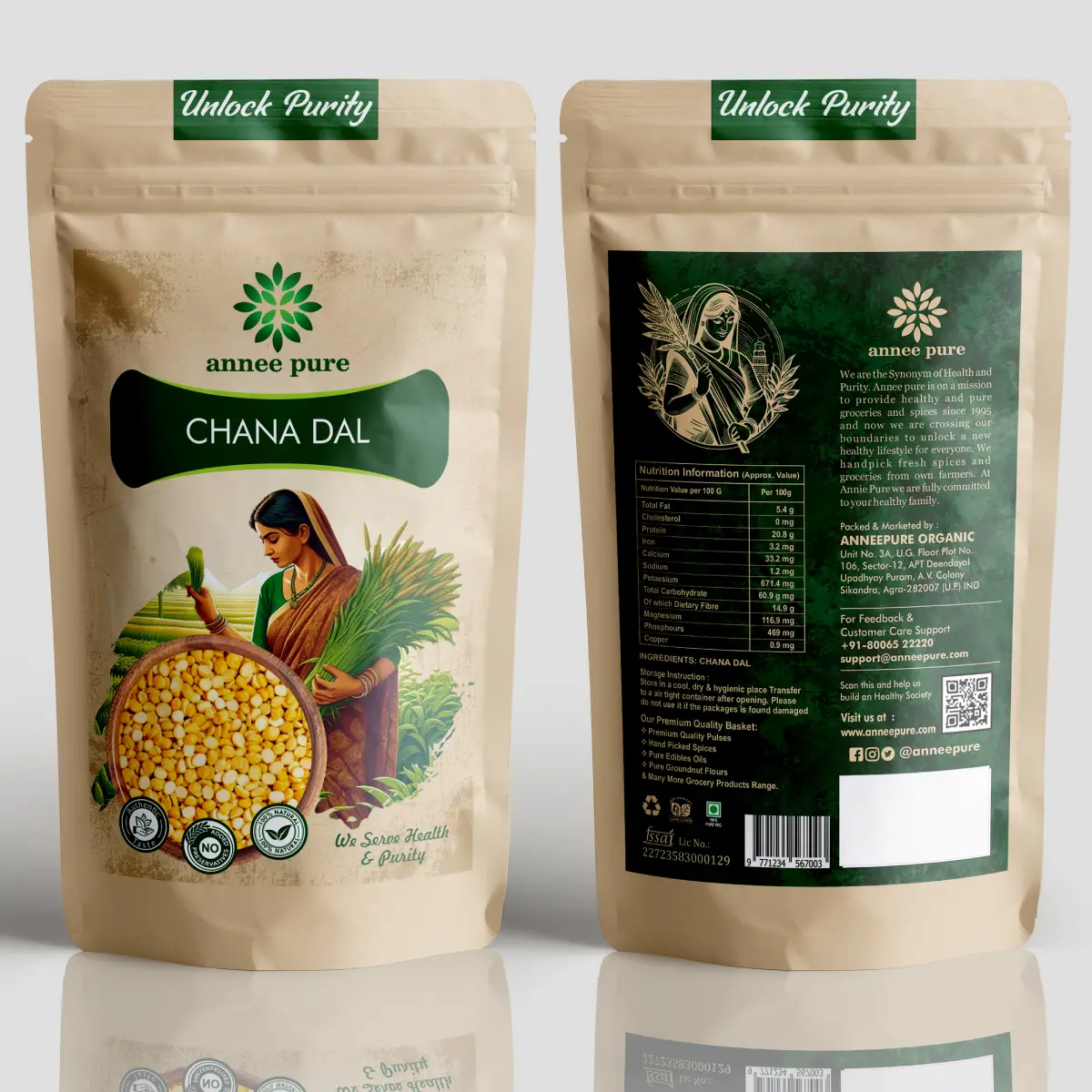



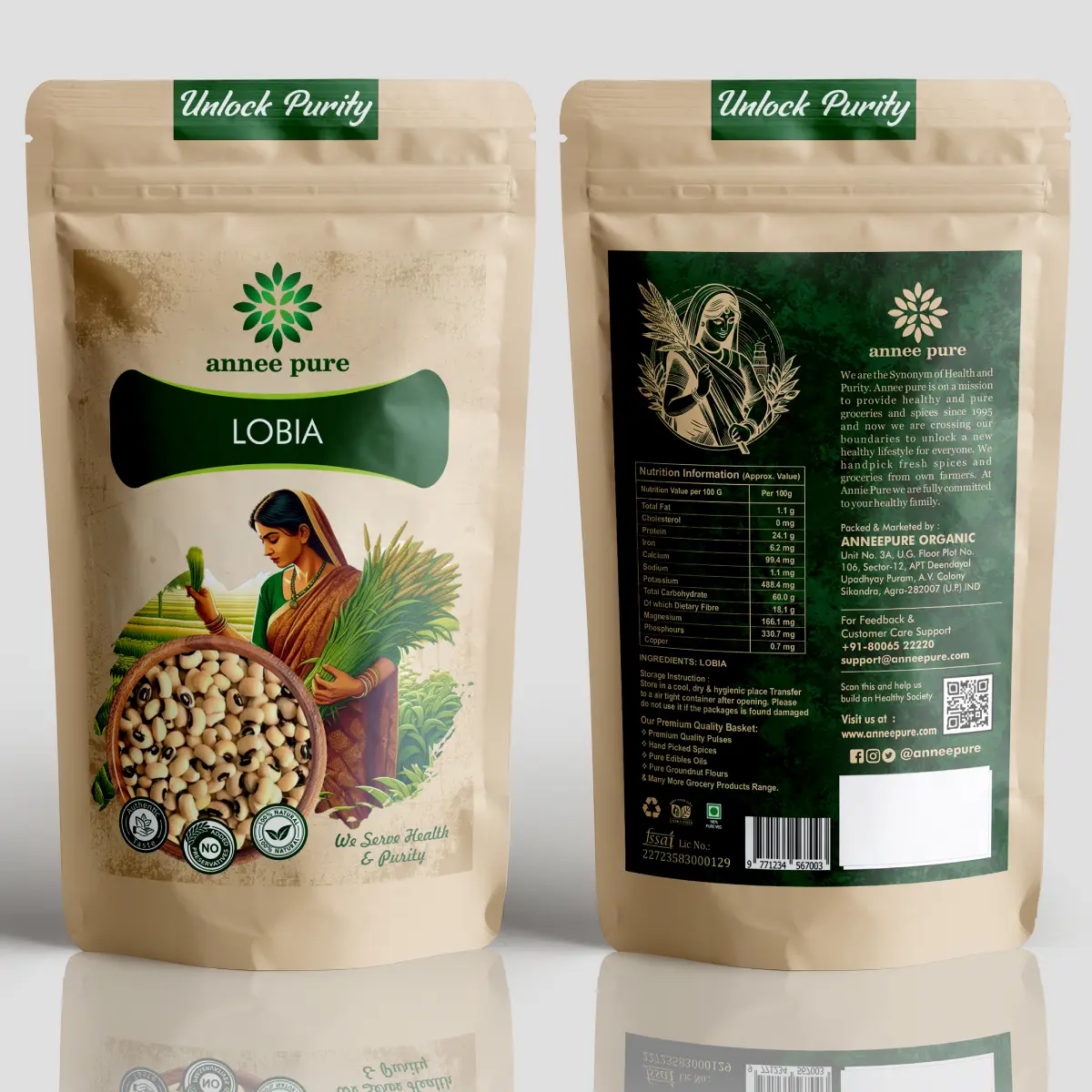
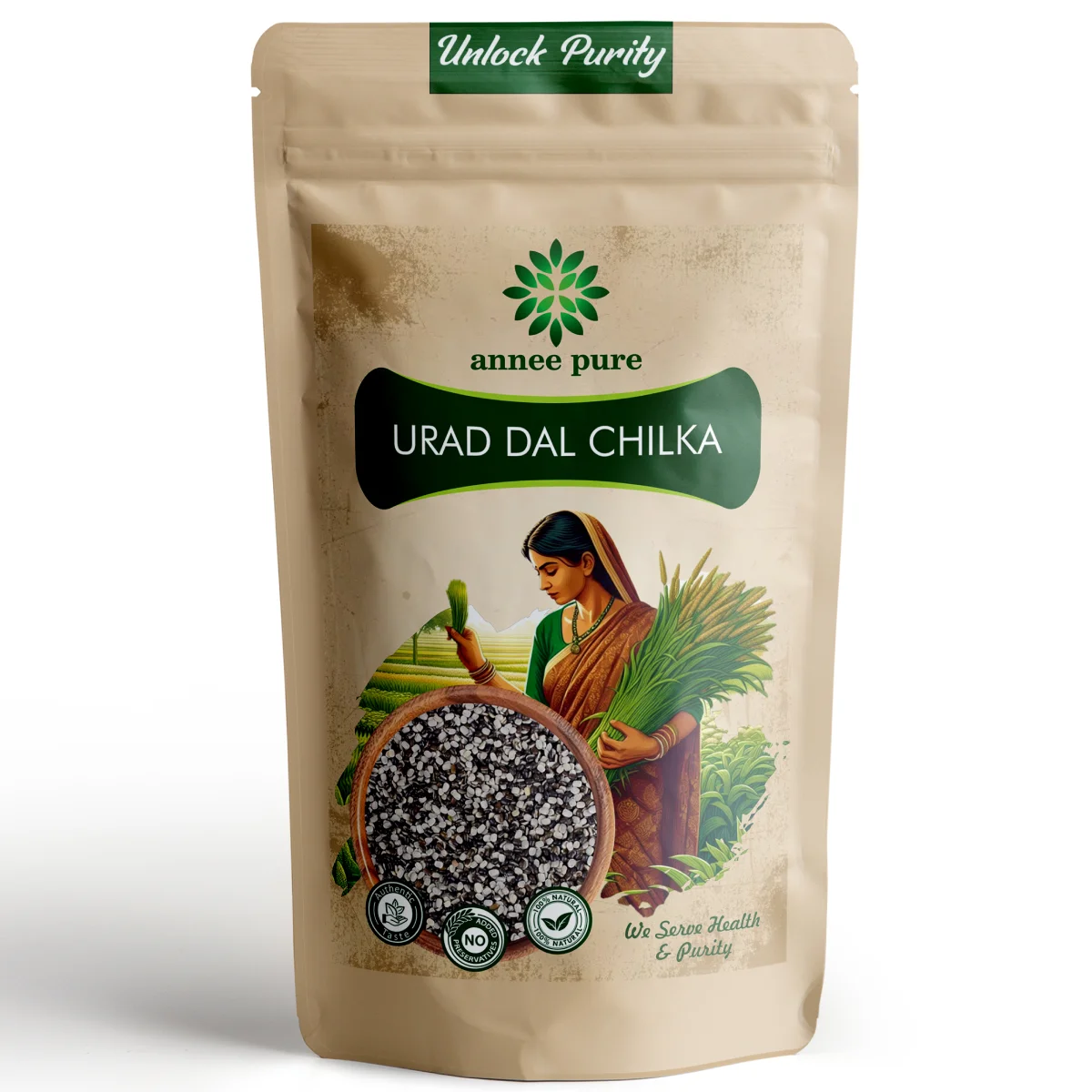
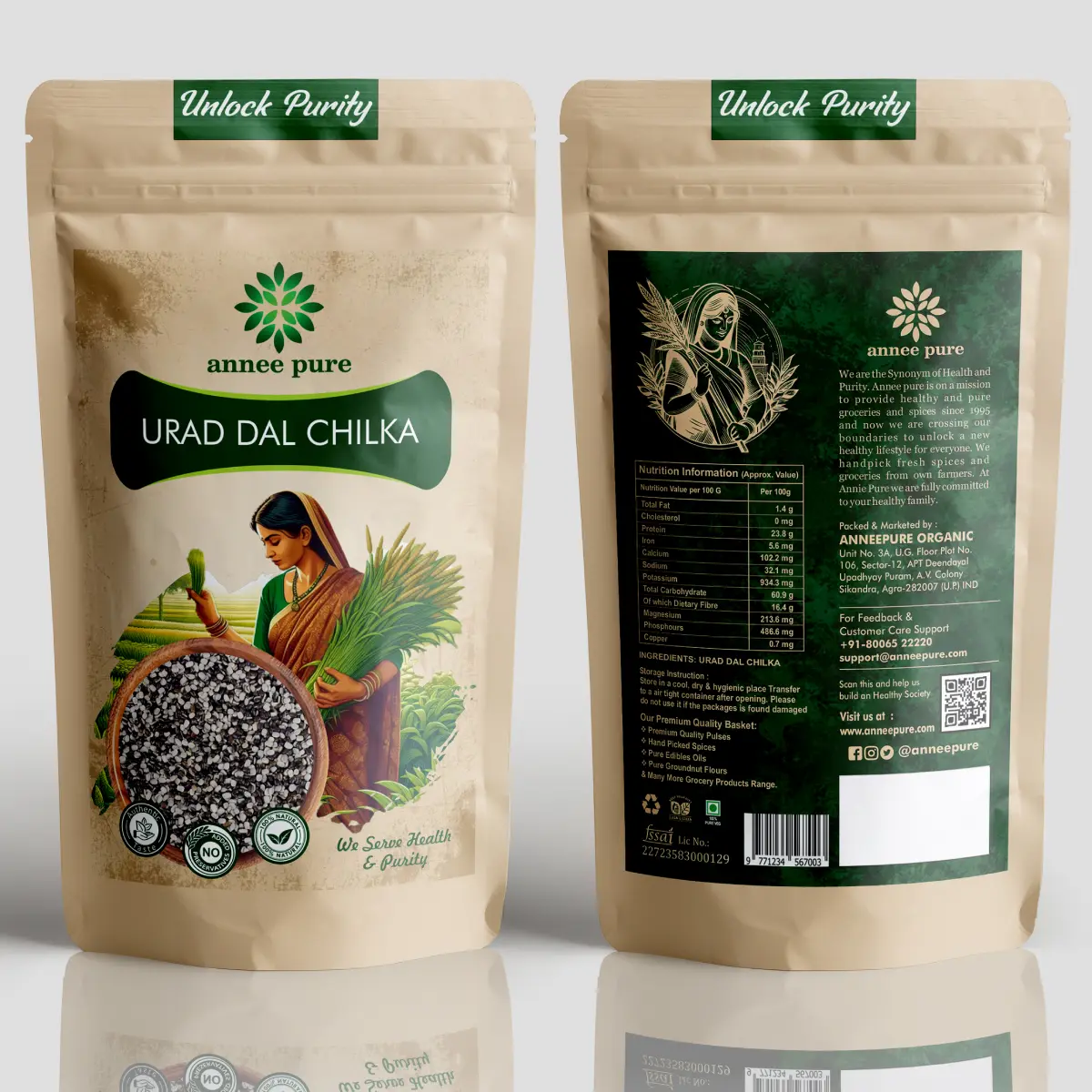
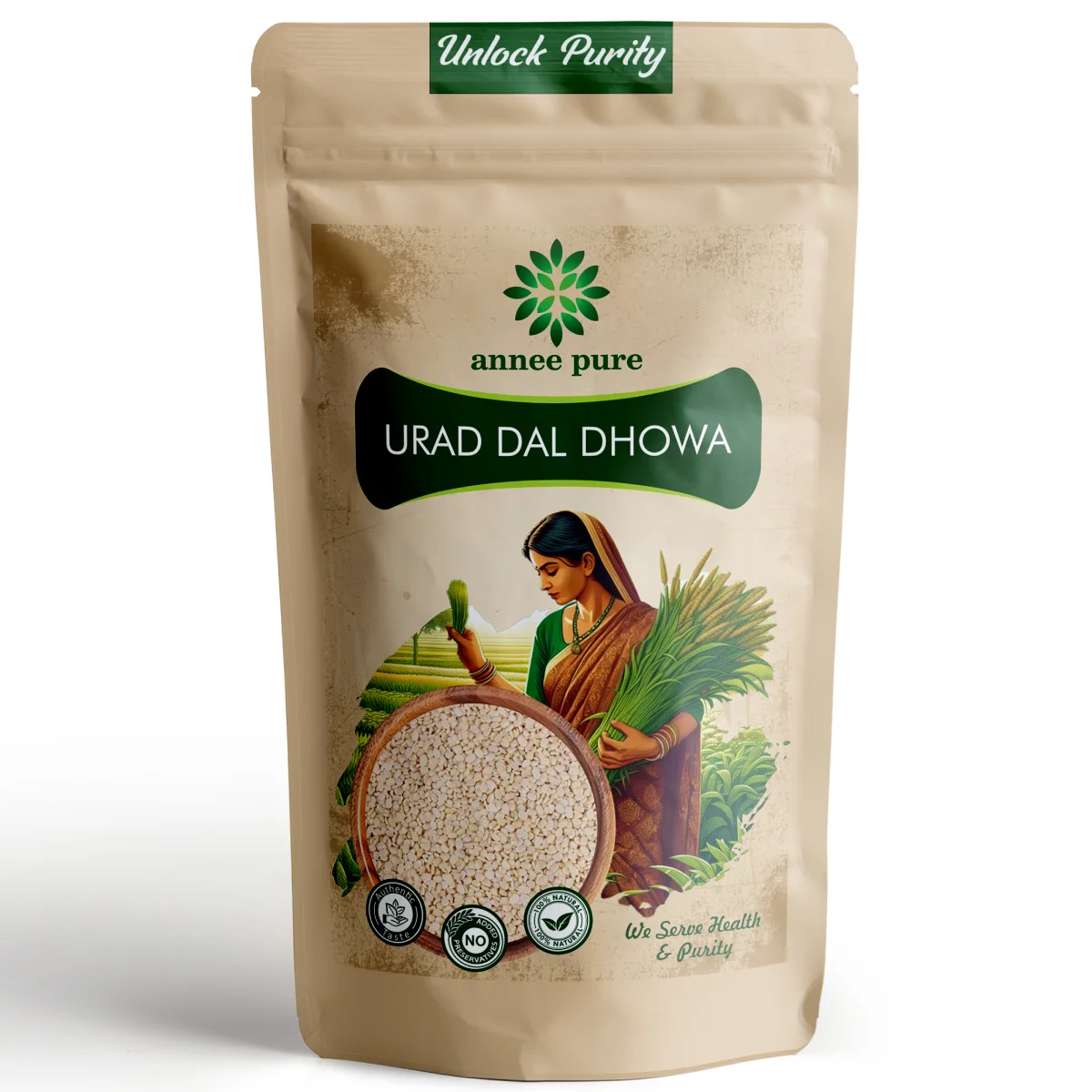
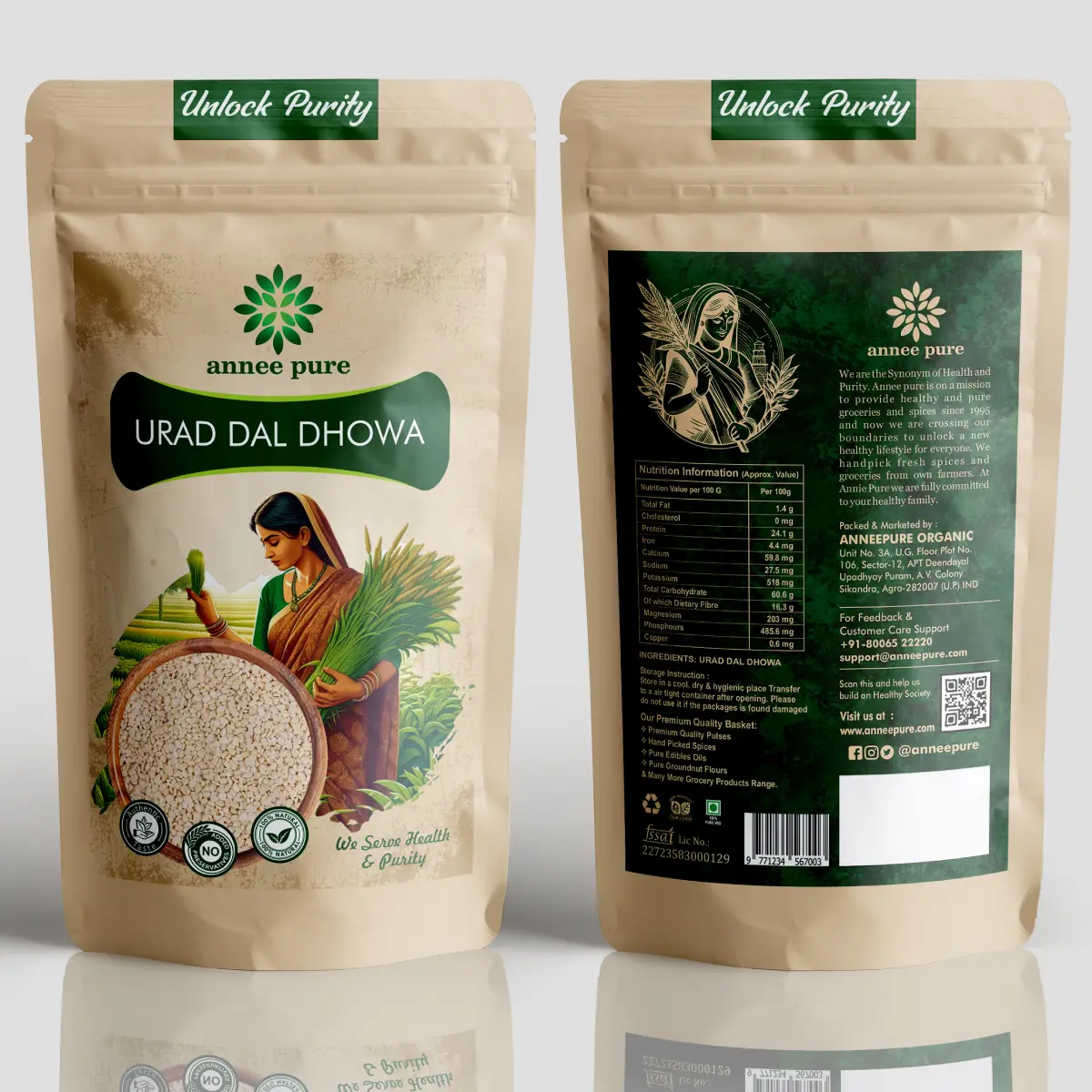

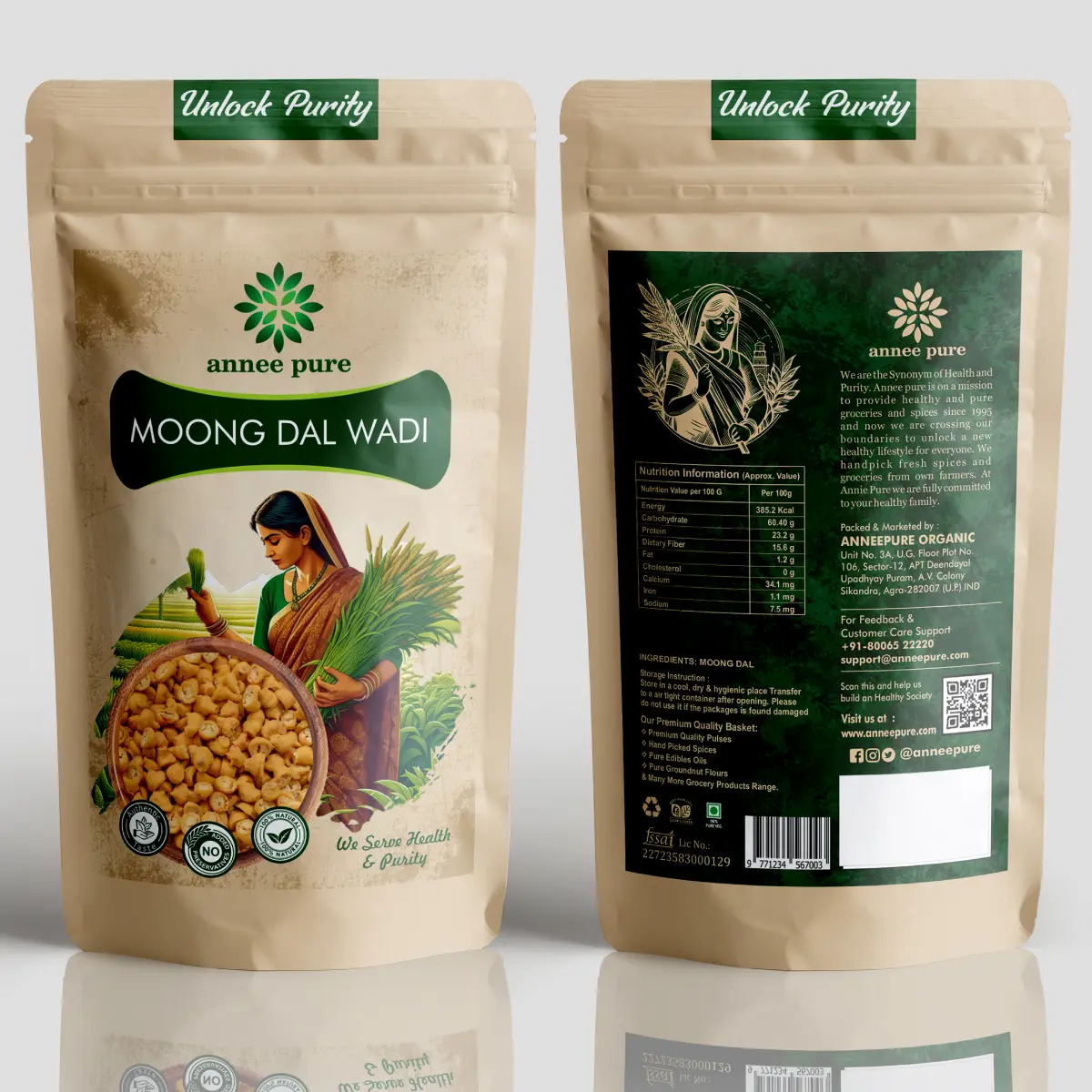
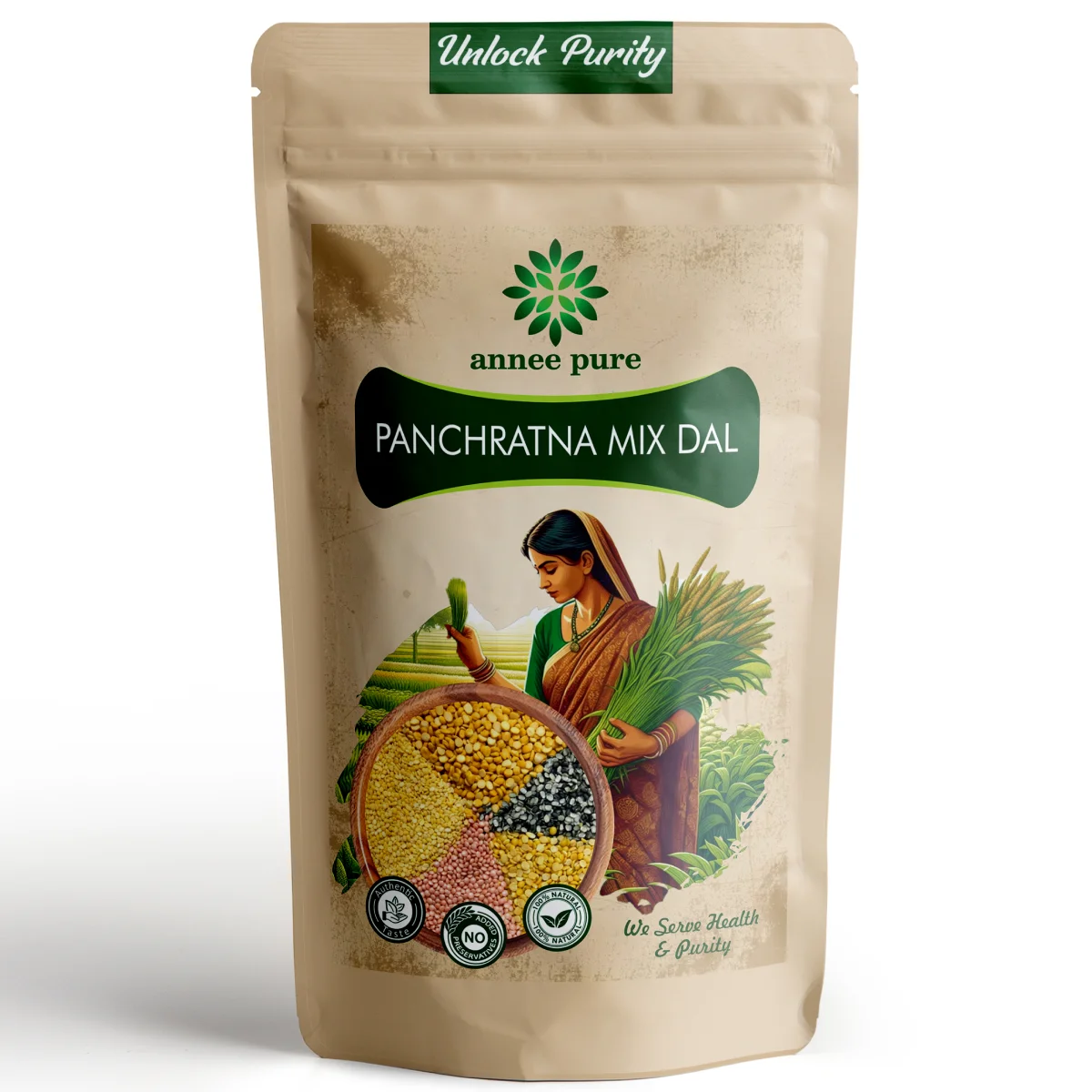
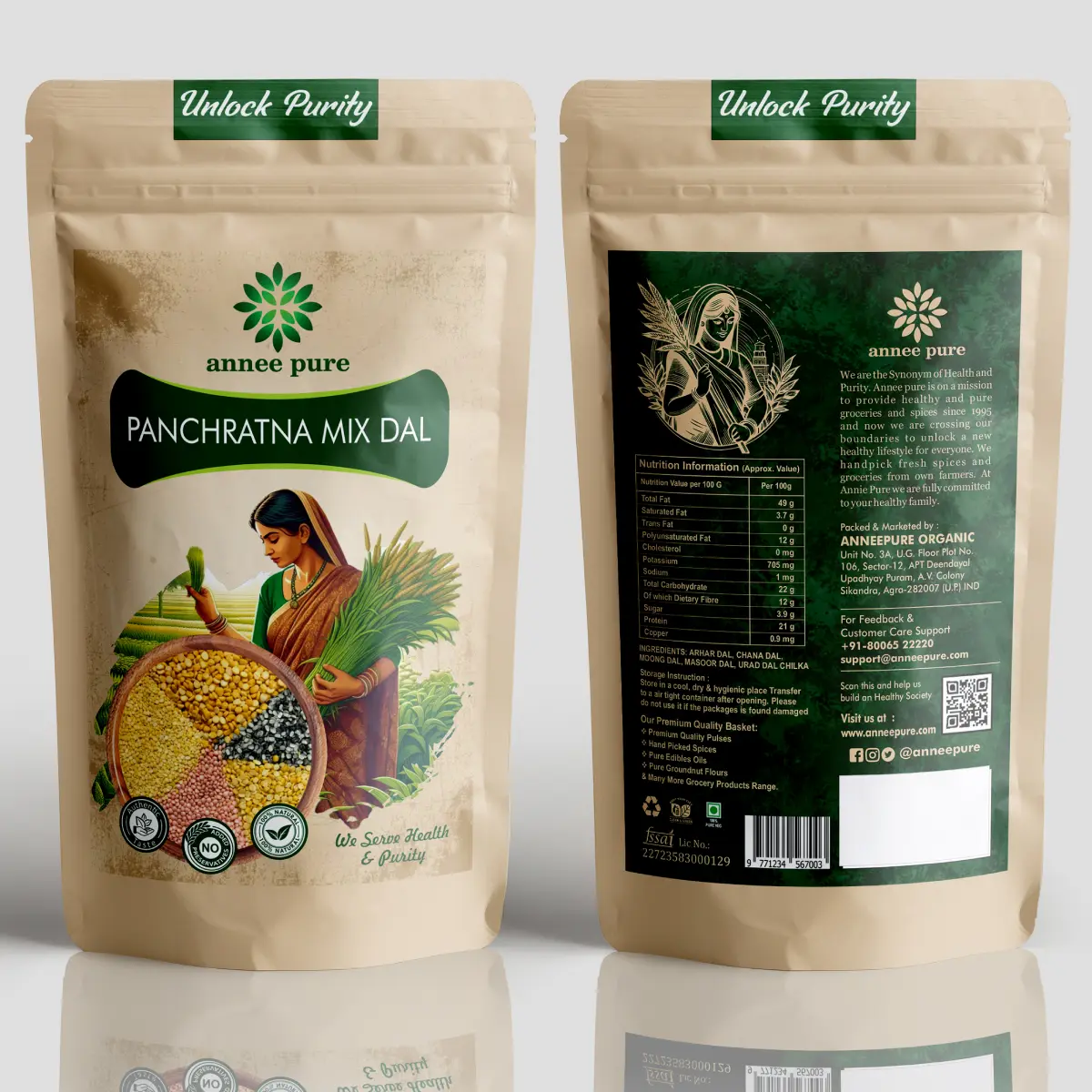
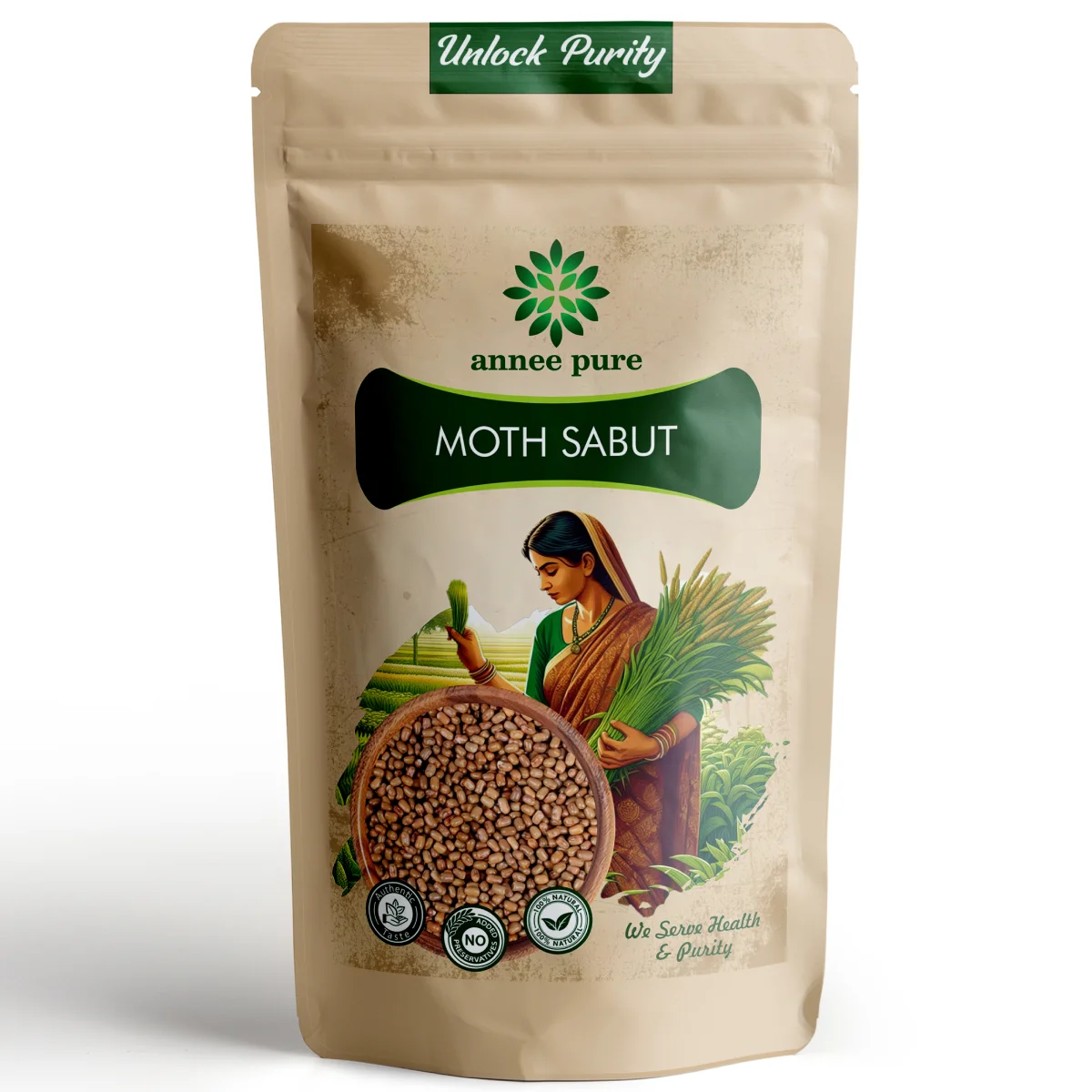


Reviews
There are no reviews yet.